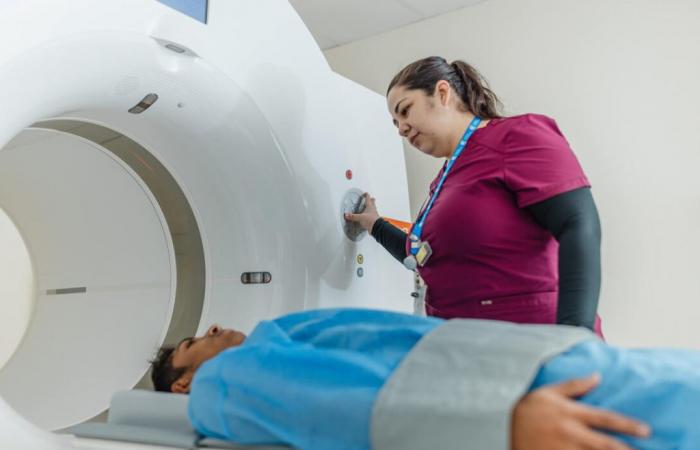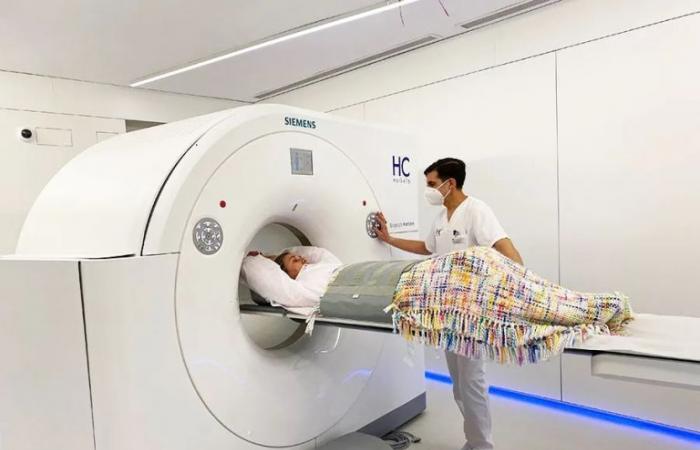With large -scale equipment worldwide, the Missionary Cancer Institute advances in medical benefits. In this context, from the Health Park, details for the installation of the latest generation PET/TC equipment for the diagnosis and treatment of different types of diseases. This system not only allows the detection of metabolic changes in cases of cancer, but also provides greater precision in disease diagnoses such as Alzheimer’s and Parkinson’s.
The PET is able to detect the slightest tumor presence in any type of cancer, for early treatment. In the neurological field, specialists enables the visualization of certain molecular alterations in the patient’s brain and with this, obtain diagnoses of great precision on neurodegenerative diseases.
Alzheimer’s and Parkinson are two of the neurodegenerative pathologies with the highest incidence in society and that, in addition, are increasing due to the aging of the population. Specialists from the University of Navarra Clinic, Spain often recommend surgical intervention in these cases.

To do this, The European medical team highlights that an early diagnosis is required that allows their progress to control and improve the quality of life of patients. It is provided by positron emission tomography (PET/TC).
How the PET/TC equipment works
The study with PET begins with the injection of a radiopharmacus called FDG. This material allows to detect the metabolic activity of tumor cells. After a waiting time, the patient enters the scanner, where detailed images are captured that combine metabolic and anatomical information.
The procedure is safe and does not represent significant health risks. It is only recommended caution in people with diabetes and contraindicates in pregnant women. This advance guarantees more precise diagnoses and allows the treatments to be adjusted according to the evolution of each patient.
-
The incorporation of this technology places Missions at the forefront of the oncological diagnosis throughout the country. While in other provinces only private centers have PET equipment, the availability of modern tool in the health park democratizes access to high complexity studies.
Success cases
Worldwide there were unprecedented successes of 95% with a single puncture of the PET/TC team. In addition, answers were recorded after only one week after the treatment.
According to researchers from the University of Hokkaido, In Japan, studies conducted With PET/TC in patients with advanced thyroid cancer They can predict your response to the medicine just one week after starting treatmentmany faster than TC exams with contrast (Cect).
“If the FDG-PET/CT can predict the results of the treatment at a time early after the start of it, it can be useful to avoid adverse effects and high costs of treatment in advance,” wrote Satoshi Takeuchi, director of the University Research Group, in an article published on July 17 in EJNMMI Research.
Similarly, in a study conducted at the Institute for Postgraduate Education and Medical Research (PGIMER), in Chandigarh, India, a pioneering prostate biopsy technique guided by the PET/TC equipment was implemented. This method achieved a 95% success rate with a single puncture. This significantly reduced the risk of infections and improved the accuracy of the diagnosis.
(Visited 1 times, 1 visits today)







